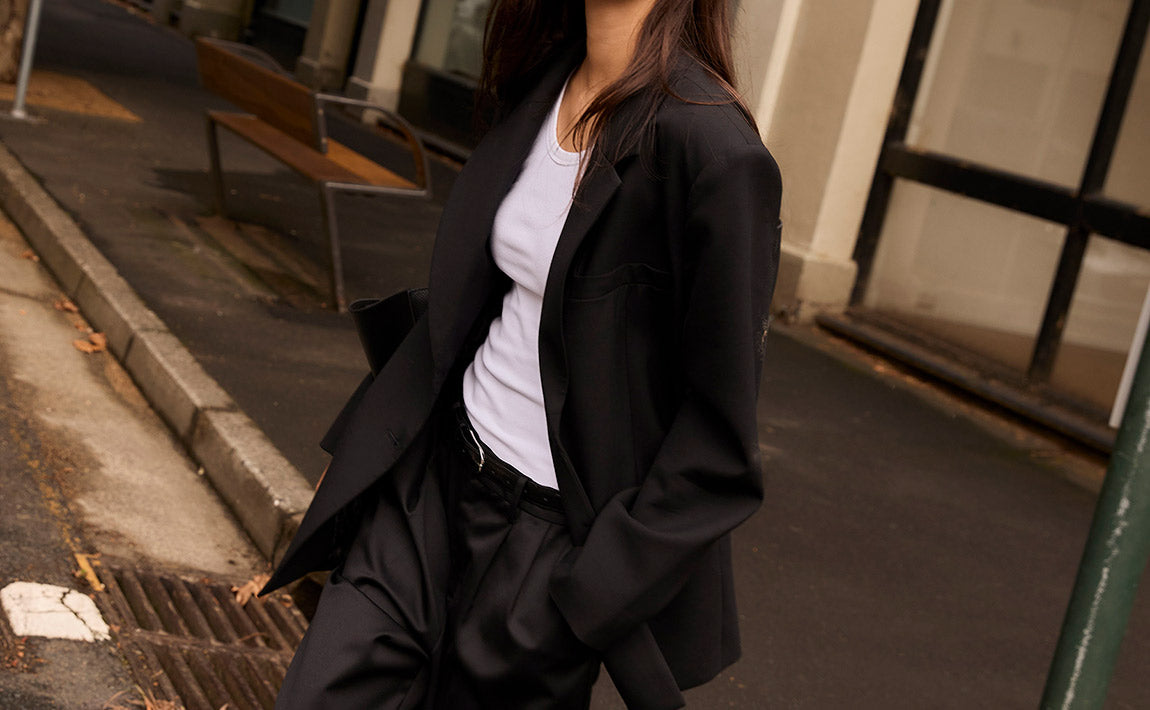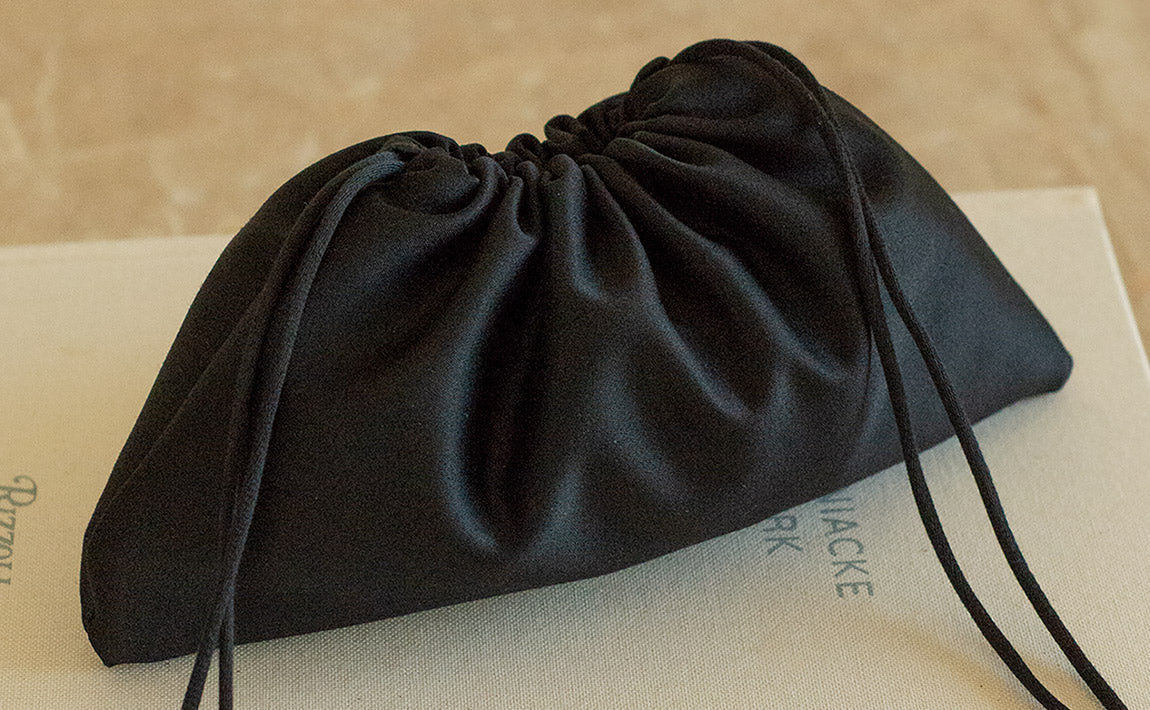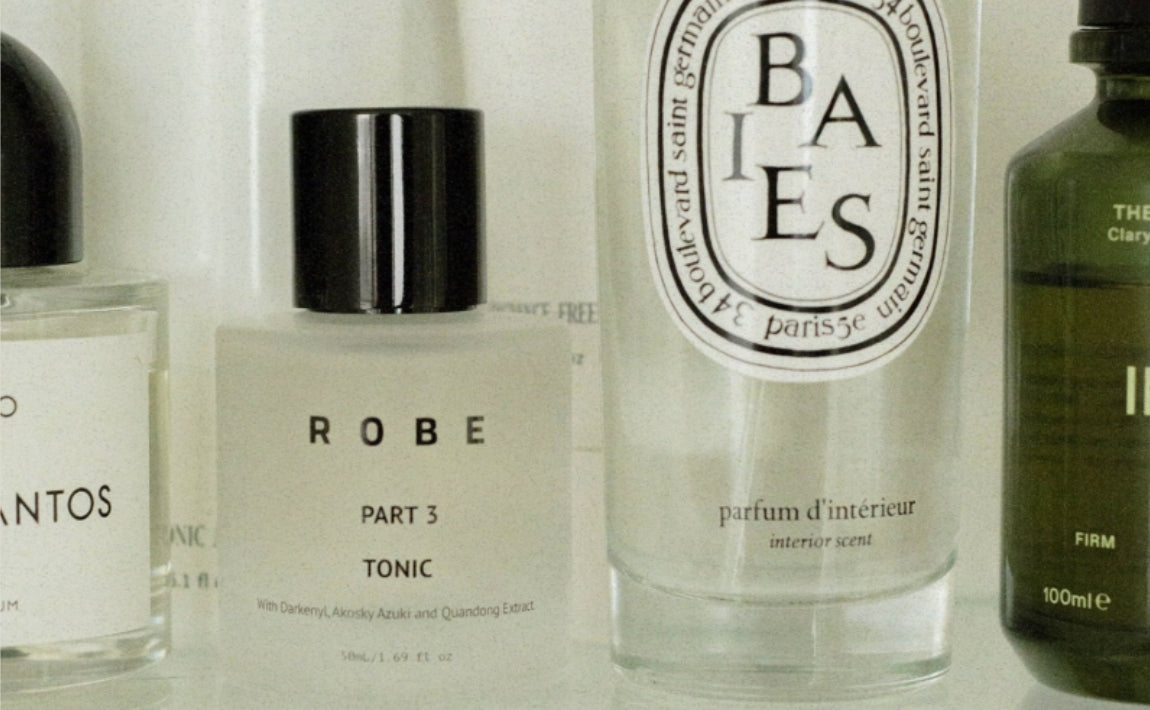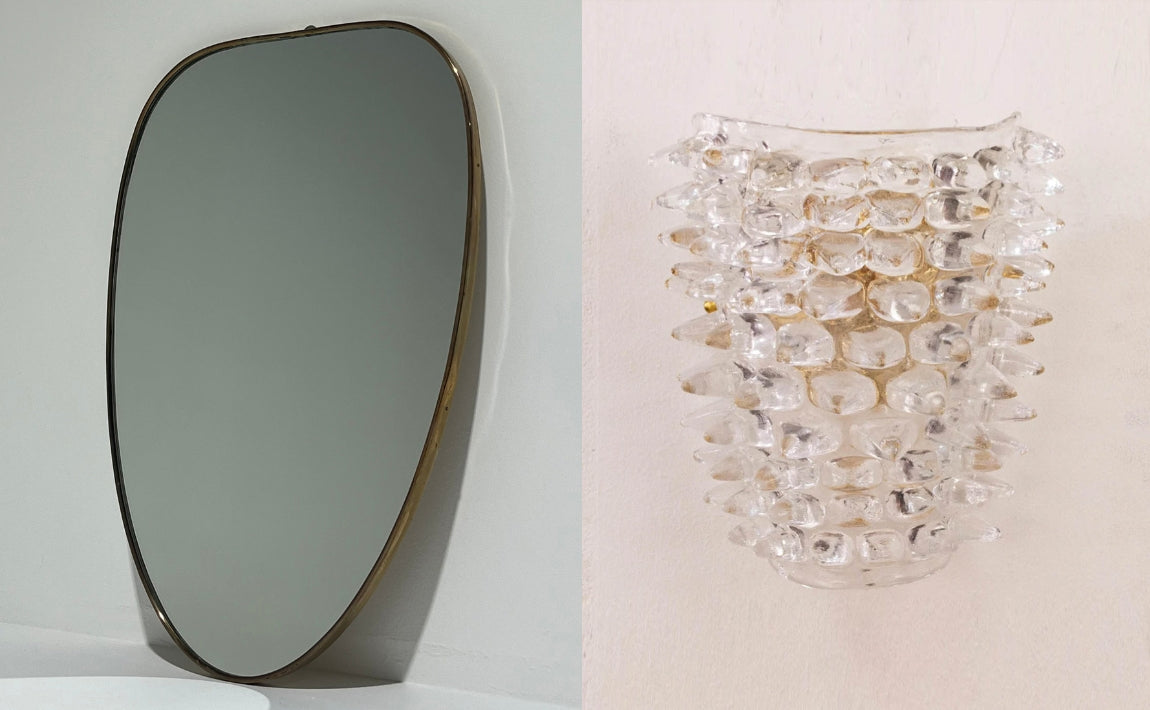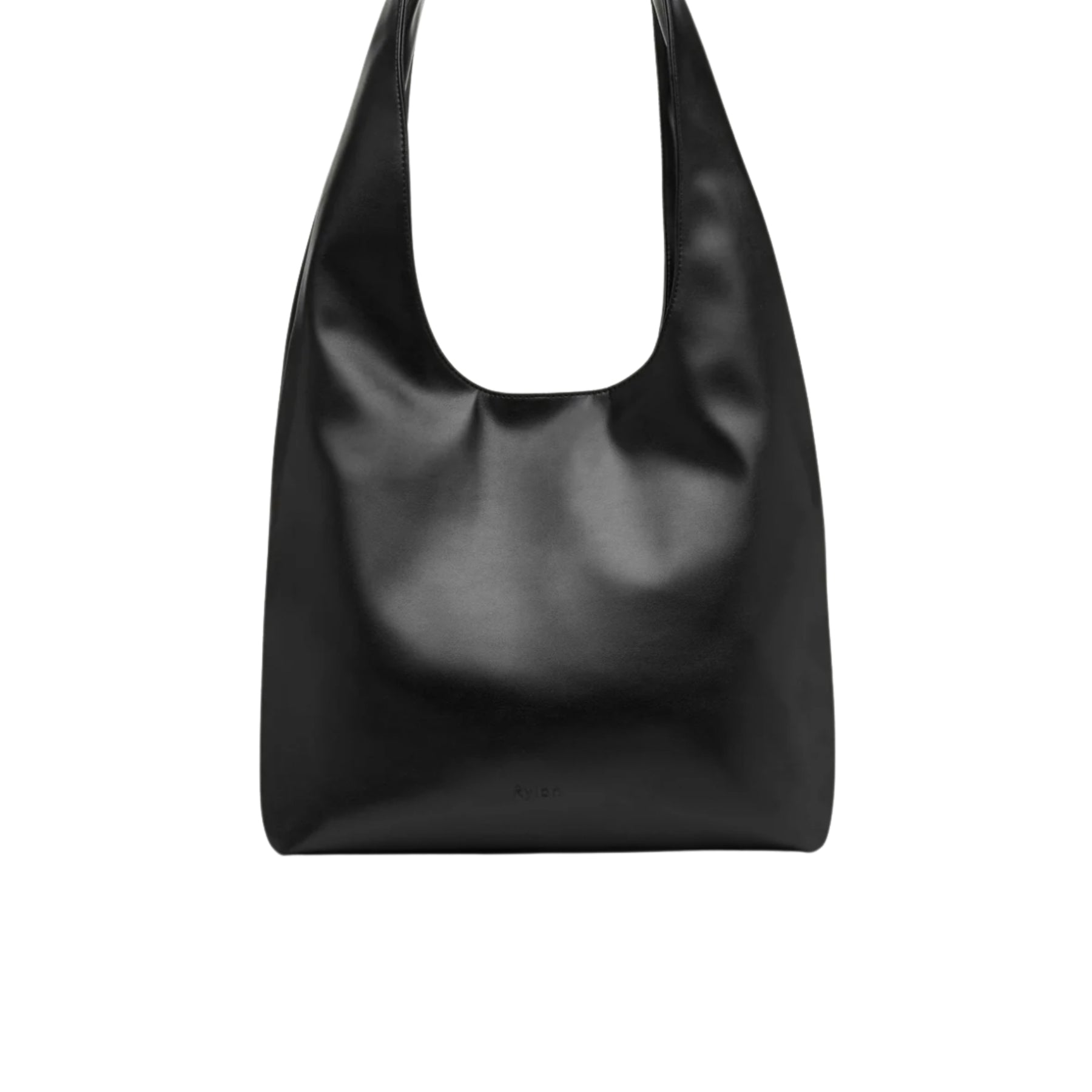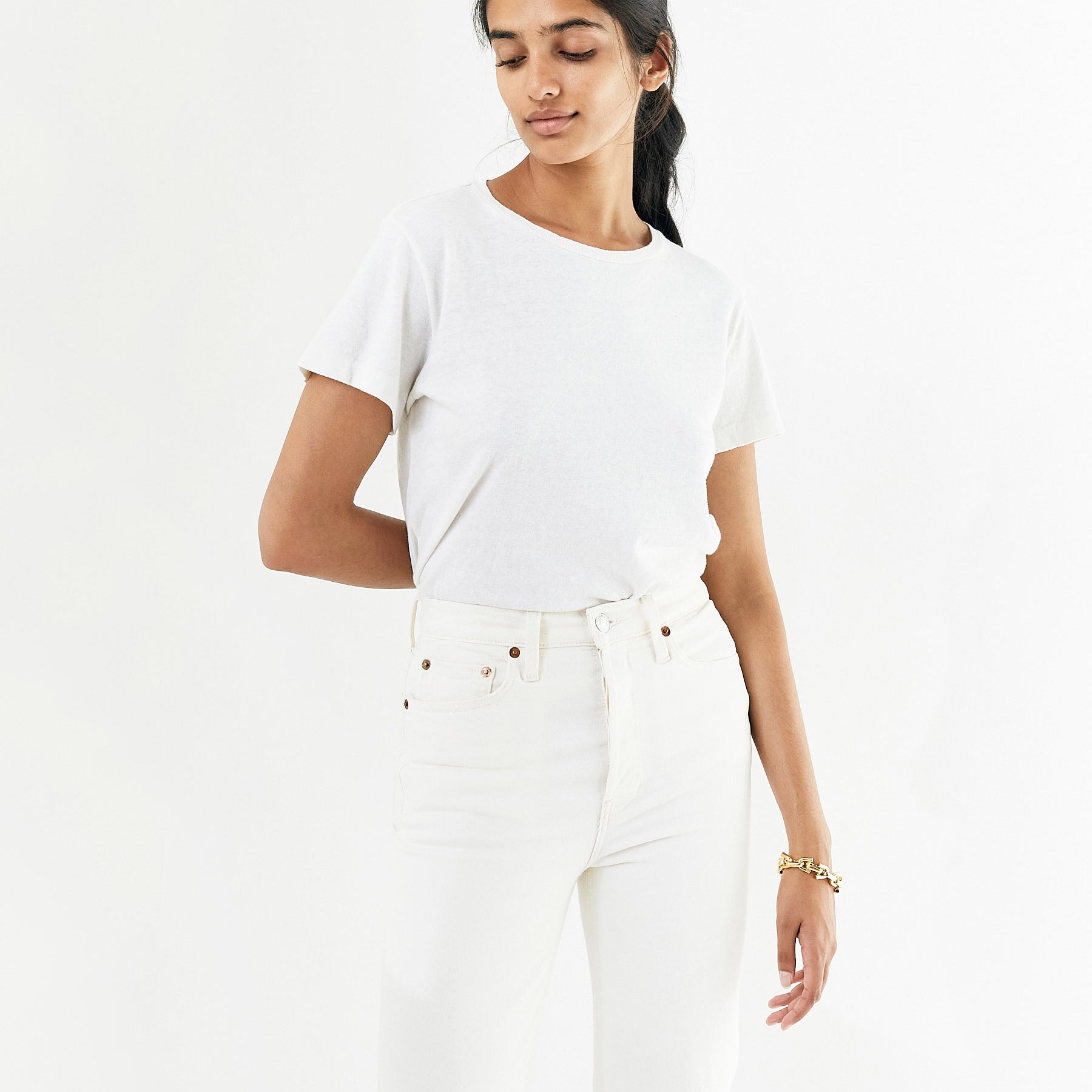We Could Be Friends, According To Our Clothes

It’s happened many times before. I’ll be sitting on public transport, spot someone across the carriage, and will somehow feel that we had the potential to be great friends. If kismet were at play, and social anxiety wasn’t a factor, I would have struck up a conversation immediately, and the rest would’ve been history.
Where did my assuredness that we would get along well come from? Well, I loved what she was wearing. I saw a piece of my own style reflected in her own — sometimes, they were actually wearing the very same pieces I too have in my wardrobe.
I never struck up a conversation, we didn’t become friends, and I haven’t seen any of them since, but these interactions have made me think deeper about why clothes can sometimes serve as a homing signal for like people, and the external signals we send out about our internal selves. As it turns out, these streams of thought I've had mid-commute have some solid, psychological backing.
“Every wardrobe choice is a profound blend of conscious and subconscious decisions that lay bare our deepest beliefs about who we think we are,” says Kathryn Eisman, author, founder of High Heel Jungle, host of Undressed with Kathryn Eisman, and pioneer of fashion psychology. “Fashion isn't just about aesthetics; it's a psychological canvas showcasing character, values, aspirations, as well as the limits we place on ourselves.
The power of these seemingly casual impressions isn’t to be underestimated — we make them quickly and decisively, and according to Eisman, they’re made in a single blink. Whether accurate or not, our brain’s first impression bias is a powerful one, so those who know how to harness it are sending clear signals to the outside world and those receiving said signals are subconsciously constructing their own perceptions of you, and whether or not they’d like to pursue a connection.
Given how communicative our outward selves can be, it’s no wonder that we can think up whole relationships with those unknown based on the way they’re dressed — Eisman coins it as her “similarity-attraction hypothesis”, one which is deeply rooted in social identity theory. “We just can't resist those whose vibe is on the same wavelength as ours. When someone dresses like you, it creates this unspoken connection… it’s all about feeling like you belong”.
Much like how we dress, the psychological processes at play here are layered. Digging a little deeper into my own brain’s inner workings, no doubt experienced by many others, Eisman raises yet another theory as to why I wanted to spark an instant friendship with my partner in commuting — the concept is known as ‘implicit egotism’. “We're all secretly attracted to things that remind us of ourselves,” she explains, “When we see someone who dresses similarly, it may unconsciously trigger positive associations, leading to attraction. It may also have you thinking ‘hey, we could raid each others’ closets!’ — that's just the fascinating psychology of shared styles at play.”
As we’re increasingly surrounded by those with a distinct visual point of view, whether in real life or virtually, it’s becoming increasingly common to model your own look off of those whose style you admire, those whose values you align to, whose career prospects mirror your own, and whose cultural touchpoints are near-identical to yours, be it the books they read, the galleries they frequent or the media they interact with most. And, as we’ve just discovered, there’s a very deliberate, scientific reason for it.
In my experience — likely one shared by others — your own sartorial choices may even start to rub off on those around you. We often find ourselves wearing the same wardrobe staples and dressing in similar palettes as those closest to us. I can’t tell you how many times me and my best friend, without any prior preparation, turned up at the same event in near-identical looks.
Again, we do this — whether we’re aware or not — in an effort not only to qualify ourselves but to craft a self that we can be proud of. In scrutinising why we make the sartorial choices we make, Eisman believes we “gain profound self-understanding.” “We ask: What do my choices say about me? Is this the self I aspire to be? If not, we pivot from a place of self-awareness, posing the crucial questions: Who do I want to be? What are my best qualities I want reflected in the mirror? This deeper level of awareness transforms dressing into a powerful tool for lasting change.”
By following this line of thinking, we can harness the power of clothing to transform, to break ourselves out of a phase or even a rut, a move which has the potential to change your life way beyond your dress sense as Eisman proved time and time again throughout her series Undressed.
“I met someone rocking an all-black ensemble with piercings and hardware galore. At first glance, you'd think ‘tough exterior’, right? Turns out, her choice of attire was like armour, a subconscious self-defence mechanism rooted in past hurt and trauma. Then there's what I call “displaced identity dressing”, mums redirecting all that care and attention they used to put into their appearance into their kids. Oversized clothes become a temporary cloak of invisibility, reflecting not just a change in priorities but also a momentary loss of identity. Fashion really does speak volumes about our stories.” For all those people, Eisman used her skills in decoding style to gain clues about their confidence, creativity, and overall approach to life to help people better understand each other, and most importantly, themselves, and transform themselves from the inside out.
As I’d suspected on that commute, clothing really is so much more than what you put on your back. It’s a uniform, it’s a signifier of self — in some cases, it may even be a suit of armour. When we get dressed each day, we’re creating invisible connections to those who share more than just the same key wardrobe pieces, we’re making public statements about who we are, what we do, and what we stand for, and we’re all unconsciously creating and becoming part of communities, one chance interaction at a time.

